
The widespread application of wireless electronic equipment and equipment will not only cause serious electromagnetic interference pollution, but also pose a serious threat to the survival of military targets on the battlefield. Therefore, an efficient electromagnetic wave absorbing material is in urgent need in both civil and military applications. Among the many absorbing materials, two-dimensional materials such as graphene and MoS2 show the potential for high absorption of broadband microwaves due to their unique two-dimensional lattice structure and inherent high conductivity. In recent years, two-dimensional transition metal carbides and nitrides (MXene) have attracted more and more attention from researchers. This new type of two-dimensional nanomaterials are usually synthesized by selectively etching the "A" element from the corresponding MAX phase, so It can be represented by Mn+1XnTx (n=1, 2, and 3), where M represents early transition metals, X represents carbon or nitrogen, and Tx represents surface termination.The high conductivity and abundant hydrophilic surface groups of MXene nanosheets give it extremely strong electromagnetic wave loss ability, so it is very suitable for preparing high-performance absorbing materials. Some research work on pure MXene, MXene modification and MXene/Fe3O4 composite materials have confirmed the feasibility of MXene for electromagnetic loss. However, the effective absorption bandwidth of these MXene-based electromagnetic wave absorbing materials is still very small (<4GHz), which cannot meet the requirements of practical applications. In addition, in most of the absorbing materials reported so far, MXene is used directly after etching or simply prepared into a thin film by filtration or other methods. The aggregation of MXene nanosheets limits the attenuation of surface polarization, resulting in a material density that is usually relatively low. high. Assembling two-dimensional MXene nanosheets into a three-dimensional porous structure is the most effective strategy to reduce sheet accumulation, reduce material density and broaden the absorption bandwidth. However, due to the weak interlayer interaction, the independent structure cannot be maintained. The three-dimensional pure MXene materials assembled by van der Waals force usually exhibit poor mechanical strength. Therefore, how to make a three-dimensional MXene structure with high mechanical strength and strong electromagnetic loss Still a huge challenge. At the same time, the unique two-dimensional lattice structure of MXene nanosheets leads to anisotropic physical properties, such as the large difference in conductivity between in-plane and out-of-plane, which will make the unidirectional three-dimensional MXene structure have anisotropic absorption. Wave capacity. However, so far, this feature has not attracted enough attention. Recently, related researchers reported a method for preparing anisotropic Ti3C2TxMXene@gelatin (M@G) composite aerogel absorbing materials using a one-way freeze-drying method (Figure 1). By controlling the ratio of MXene and gelatin, three composite aerogel materials such as M@G-15, M@G-30 and M@G-45 were successfully prepared, as shown in Figure 2a and b. Gelatin is introduced as a kind of "chemical glue" between Ti3C2Tx nanosheets to enhance the interaction of MXene, and a composite aerogel with stronger anisotropic mechanical properties is obtained. The M@G composite aerogel prepared by unidirectional freeze-drying shows anisotropic alignment properties, and its horizontal and vertical microscopic morphologies are shown in Figure 2d-s. The directional lightweight M@G composite aerogel can easily support 2000 times its own weight in the horizontal direction (Figure 2c), but it shows a high degree of elasticity in the vertical direction. The shape anisotropy of the aligned Ti3C2Tx nanosheets also allows the composite aerogel to form anisotropic electromagnetic response (Figure 3) and wave-absorbing properties (Figure 4). For electromagnetic waves transmitted in the horizontal direction, the lowest reflection attenuation of M@G-45 at 14.04GHz can reach -59.5dB,
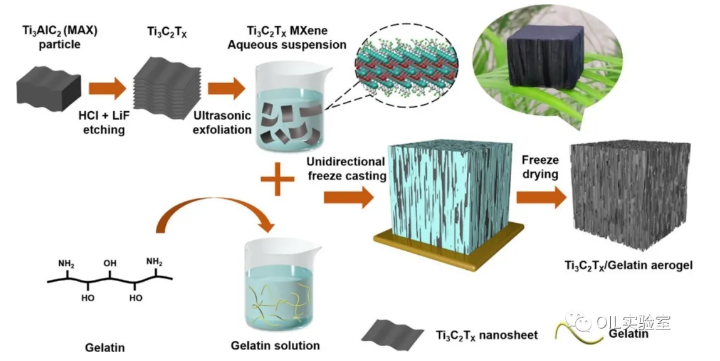
Figure 1. Schematic diagram of the preparation of Ti3C2TxMXene@gelatin nanoaerogel.
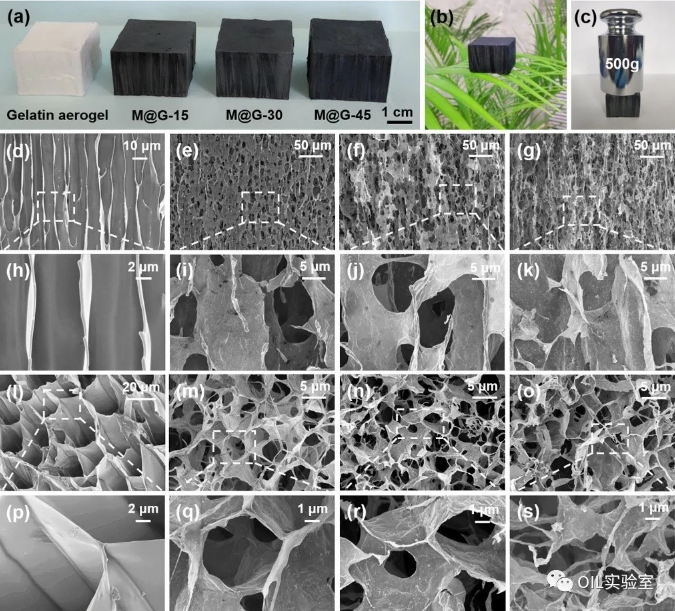
Figure 2. (a) Optical photographs of pure gelatin and various types of M@G composite aerogels. (B) Photo of M@G composite aerogel on bamboo leaves. (C) Pictures of 2000 self-supporting weight experiments. (D-g) low magnification and (h-k) high magnification SEM pictures of various composite aerogels in the horizontal direction. (L-o) low magnification and (p-s) high magnification SEM pictures of each type of composite aerogel in the vertical direction.
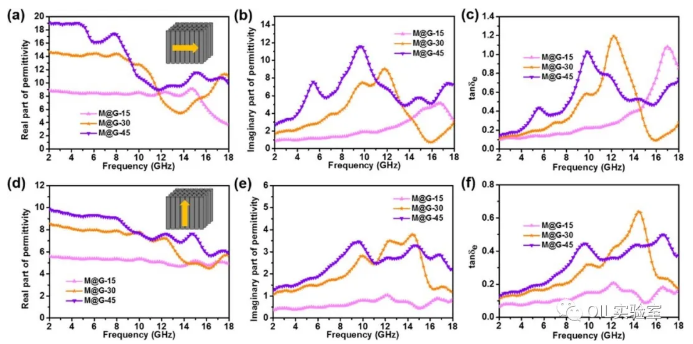
Figure 3. M@G composite aerogel along the vertical direction (a and b are the real and imaginary parts of the composite permittivity, c is the dielectric loss tangent) and the horizontal direction (d and e are the composite permittivity, respectively The real and imaginary parts of, f is the dielectric constant and loss tangent of the dielectric loss tangent.
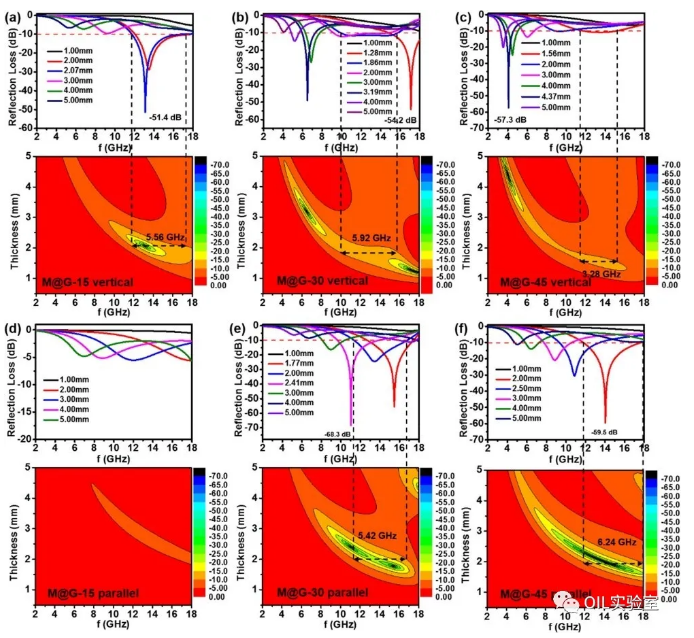
Figure 4. The electromagnetic wave reflection attenuation and the two-dimensional contour map of M@G composite aerogel in the vertical direction (ac) and horizontal direction (df): (a, d) M@G-15; (b, e) M@G-30; (c, f) M@G-45.
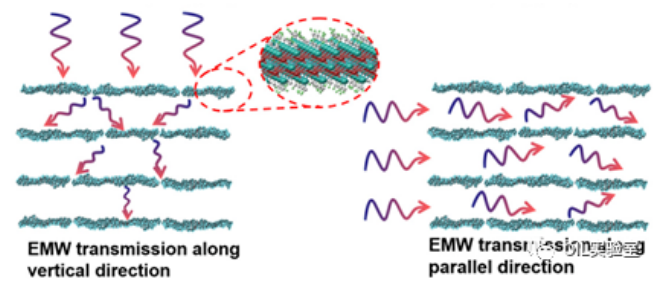
Figure 5. Electromagnetic loss mechanism of M@G composite aerogel
Related papers:
Yang, M. L., et al. (2020). "Anisotropic Electromagnetic Absorption of Aligned Ti3C2TxMXene/Gelatin Nanocomposite Aerogels." Acs Applied Materials &Interfaces 12(29): 33128-33138.
Source of information: Pan Jialiang OIL Laboratory
This information is from the Internet for academic exchanges. If there is any infringement, please contact us and delete it immediately









